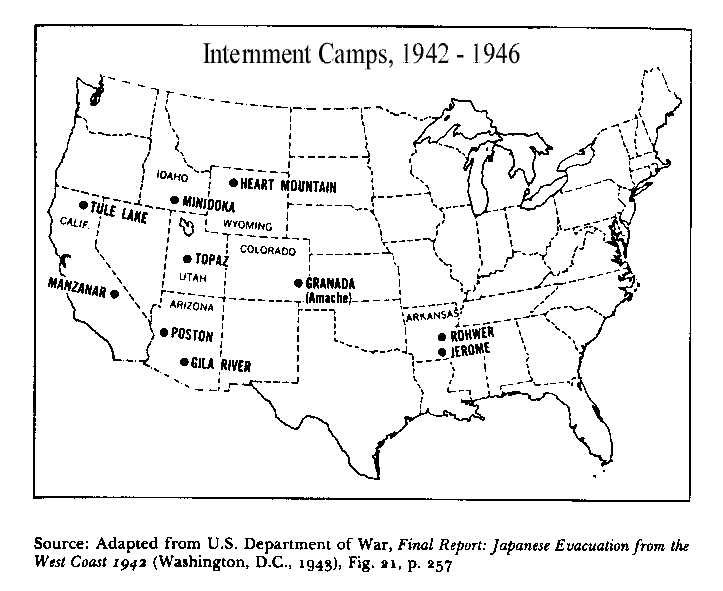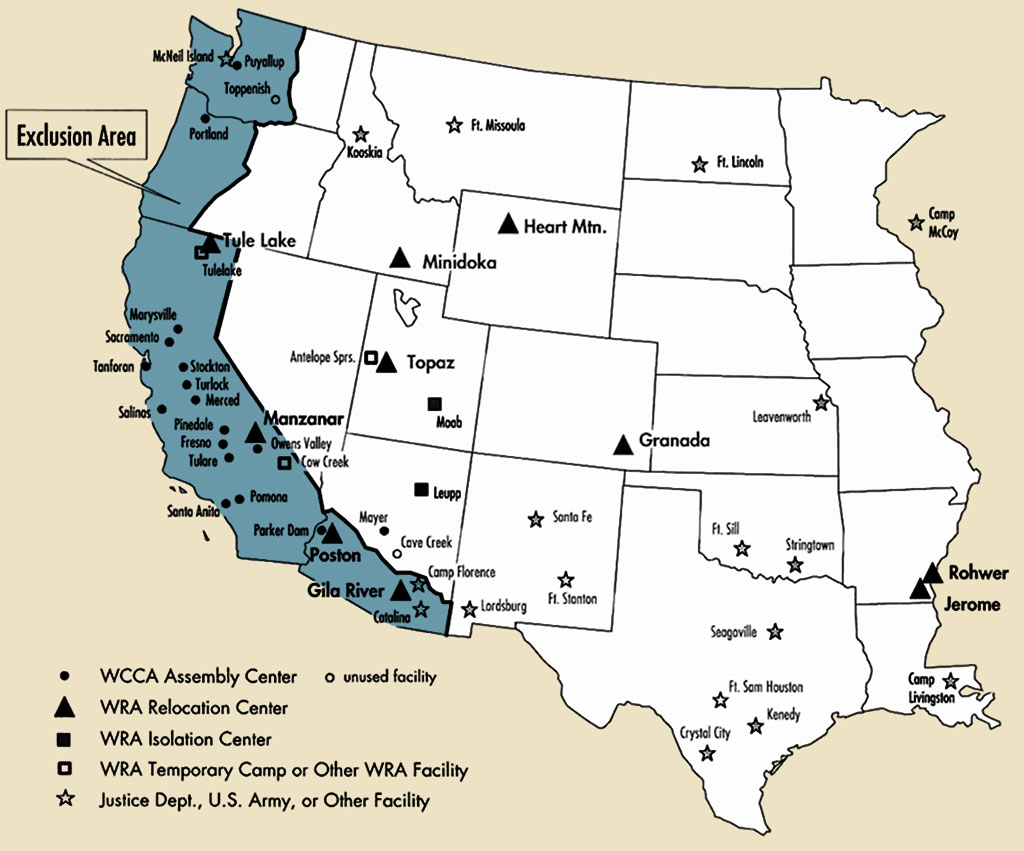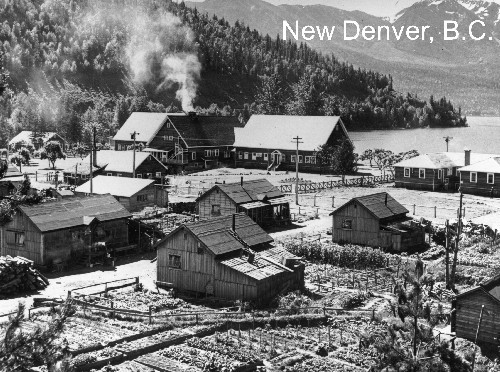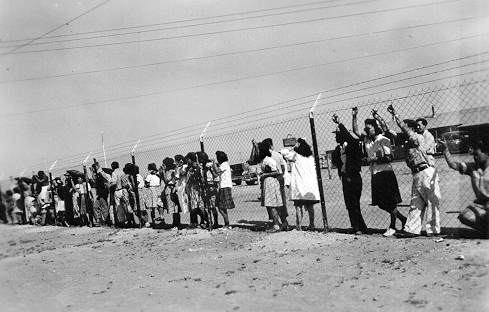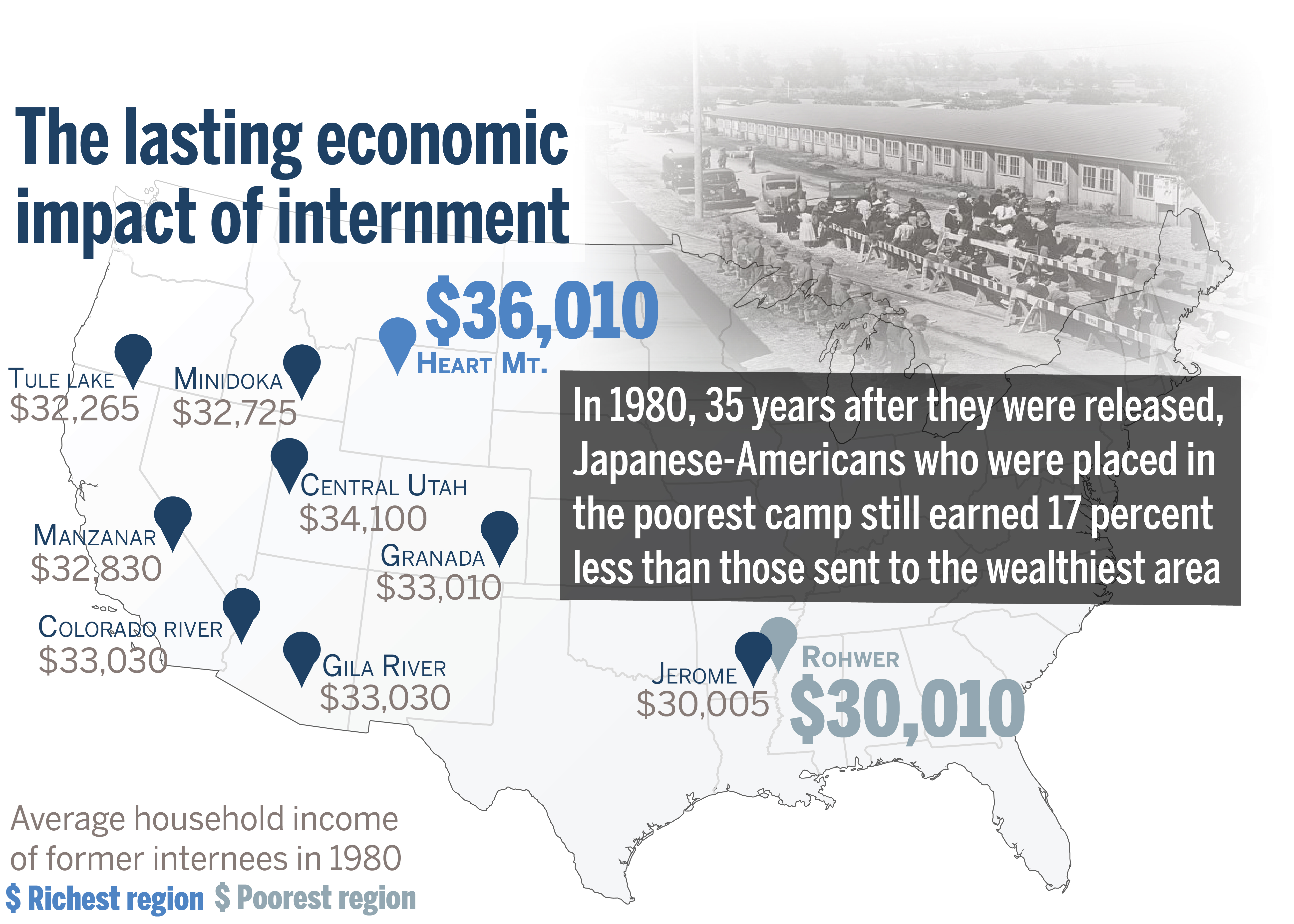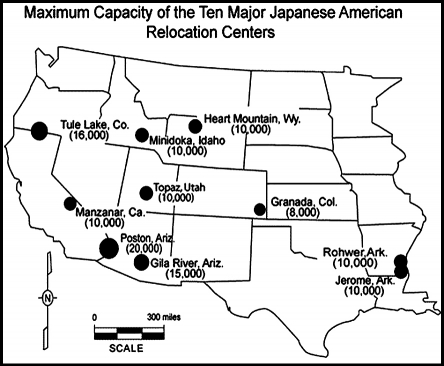Map Japanese Internment Camps Kootney. Emperor Hirohito announces Japan's unconditional surrender. To this aim, we searched the literature and reviewed archives, primarily from the American West Coast. List of Japanese-American internment camps There were three types of camps for Japanese and Japanese-American civilians in the United States during World War II. Civilian Assembly Centers were temporary camps, frequently located at horse tracks, where Japanese Americans were sent as they were removed from their communities. camps in the West Kootenay and Boundary regions of the province. This article delves into the creation a fictional city solely for the development of Japanese American internment camps and the way in which sustainable arts and crafts played a significant role in ensuring survival in such a hostile environment. In the process, they lost their livelihoods. Click the tabs and swipe between a historical map on. Follow the link above to learn more about the internment camps and the story of Japanese American incarceration during World War II.
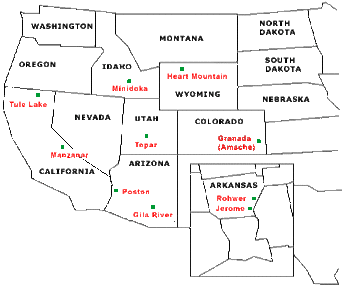
Map Japanese Internment Camps Kootney. The Japanese attack on the U. We demonstrate that beyond adaptation to the. The first internment camp in operation was Manzanar, located in California. Japanese American internment camps were located mainly in western U. The Pearl Harbor attack heightened long-standing anti-Asian sentiment among many Americans living along the western coast of the United States, and. the hostility toward Americans of Japanese descent culminated in the forced removal of. Map Japanese Internment Camps Kootney.
The Japanese attack on the U.
Civilian Assembly Centers were temporary camps, frequently located at horse tracks, where Japanese Americans were sent as they were removed from their communities. camps in the West Kootenay and Boundary regions of the province.
Map Japanese Internment Camps Kootney. Follow the link above to learn more about the internment camps and the story of Japanese American incarceration during World War II. S. government closes nine internment camps. Click the tabs and swipe between a historical map on. Ten internment camps and four official self-supporting sites were established for Japanese Canadians who were who were forcibly uprooted, Japanese Internment: A View From Above. Japanese Canadians were forced to use the proceeds of forced sales to pay for their basic needs during the internment.
Map Japanese Internment Camps Kootney.
